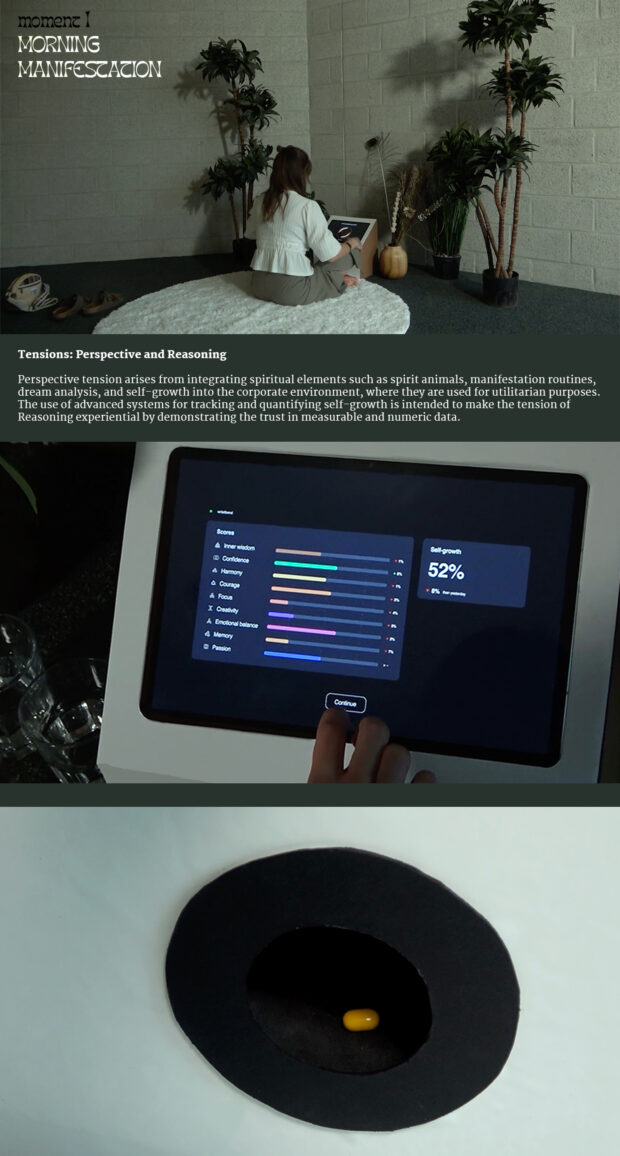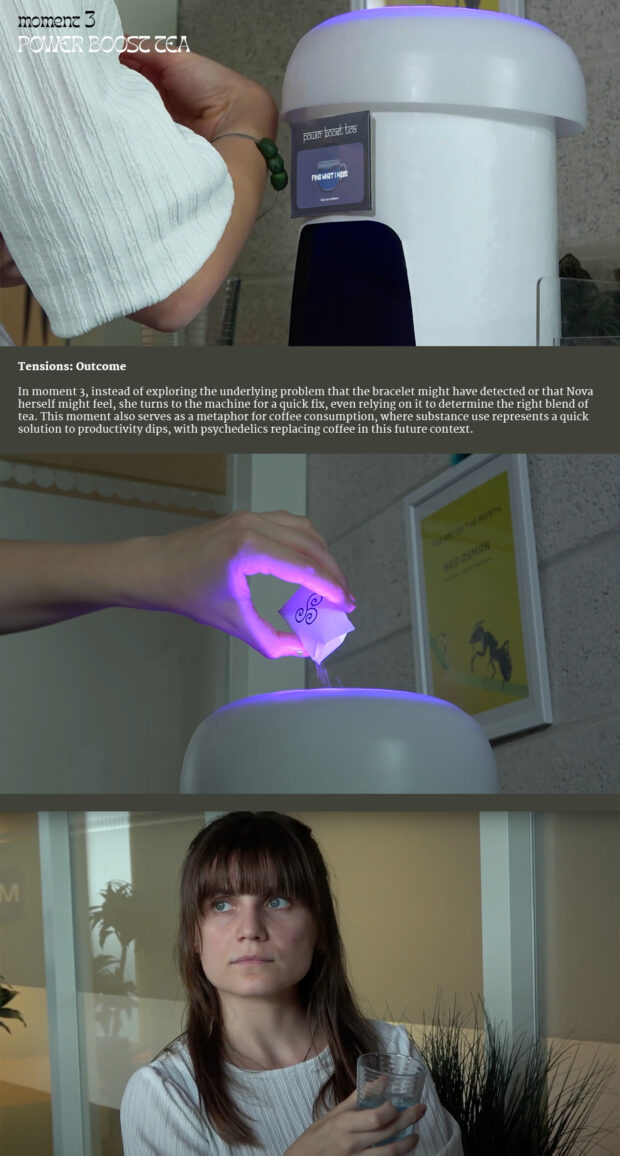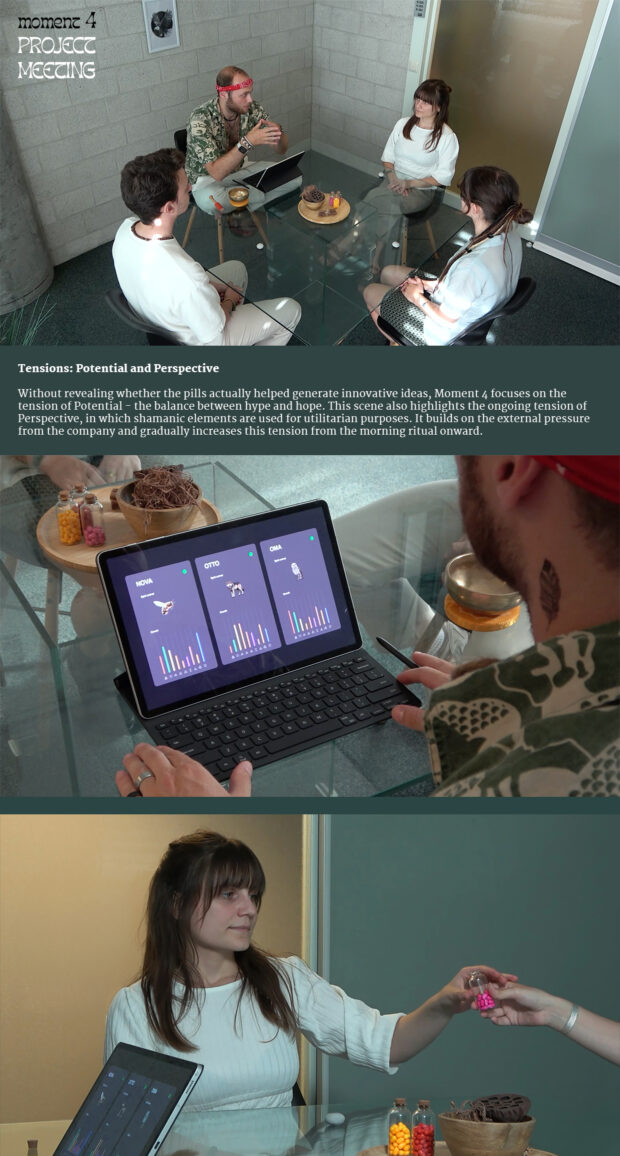By Gül Onat
Introduction
Natural medicines, prohibited drugs, and now cognitive enhancers. What is happening with psychedelics?
Research studies on psychedelics have gained increasing importance and visibility both in the scientific press and mainstream media, suggesting that we are in the midst of a “Psychedelic Renaissance” (Sessa, 2018). Many clinical studies have demonstrated that psychedelic substances such as LSD, MDMA, and psilocybin, offer numerous therapeutic benefits for mental health and psychotherapy (dos Santos et al., 2018).
More recently, psychedelics have gained new attention in society with the phenomenon of microdosing, as a new tool for self-enhancement and personal growth (Gray, 2020). Microdosing refers to the practice of consuming small doses of psychedelic substances, mainly LSD and psilocybin, repeatedly over a period of time with a specific intention (Fadiman, 2011; Kuypers et al., 2019). Getting popular and hyped in Silicon Valley corporate culture as a new ‘productivity hack’, microdosing is praised for subtle improvements in mood, focus, ease, and motivation, contributing to an overall better quality of life and promoting creative thinking and problem-solving. This popularisation of microdosing’s enhancement benefits has resulted in significant online activity and public support and even inspired famous design firms to conceptualize new products for microdosing.
Despite the growing interest and ongoing positivist hype in mainstream media, there is still a lack of evidence regarding the short- or long-term effects of microdosing (Kuypers et al., 2019). The potential ethical consequences of increased, socially accepted use remain unknown, and there is uncertainty about regulations due to unforeseen challenges and political tensions.
Approach
How can design surface the risks, benefits, and challenges of microdosing as a future socially accepted practice?
The primary goal of this project is to facilitate discussion and gather public opinion on the trending use of psychedelics, particularly in the context of microdosing for self-enhancement in the workplace.
To achieve this, critical and speculative design was chosen as the primary approach, enabling conducting research through design (Stappers and Giaccardi, 2017). These approaches helped to explore the topic in more depth and expand the possibilities of future microdosing applications for critical discussion.

To create scenarios that resonate with the audience and prompt meaningful discussions, the project is grounded in existing practices and studies. The grounding research included an extensive literature review of microdosing studies, interviews with members of psychedelic societies and organizations, an online questionnaire to catalog different microdosing practices, and observations at various microdosing events to gain deeper insights into the context (Figure 1). Later, based on the initial themes that emerged from the grounding phase, several speculative artifacts were created to address issues and initial tensions within these themes (Figure 2). The artifacts were shared with a wide audience to encourage reflection on different scenarios and deeper exploration and to better surface the tensions in microdosing.

Tensions were employed as a tactic to make conflicting situations tangible and experiential. Initially identified during the grounding research phase and refined through speculative design explorations, four core tensions were brought to life in a 9-minute film featuring four key moments and several artifacts as the final concept of this project. The movie was shared with the audience to stimulate discussions and reveal the potential benefits, risks, and challenges of microdosing as a future corporate activity.

Final Concept
How can a film make the tensions tangible and experiential to initiate discussion?
In addition to making the four core tensions experiential, the film scenario draws on some key insights from design research, particularly the emphasis on “smartness” and the “quantified self”. By integrating these elements with psychedelics and spiritual practices, the film explores the impact of microdosing becoming a future daily practice in the workplace to support employee “self-growth”.
Shaman in the Office
In the near future, work and psychedelics have become closely intertwined. Microdosing psychedelics is now a common practice, widely embraced for its ability to boost creativity, energy, and memory. Companies are installing microdosing machines in offices, offering employees mental and cognitive enhancement as naturally as a cup of coffee.
This future offers more than just productivity boosts. Many companies have incorporated ancient traditions into their corporate rituals. They hold ceremonies, embrace spirit animals, and facilitate morning manifestations to help employees grow. At the center of this story is Nova, an employee who lives in this world.




Public Discussion
While often promoted as a way to boost wellbeing, creativity, and focus, reflections on the film reveal concerns about the significant social and ethical risks of this trendy technology. A major concern is the potential for authorities to use microdosing as a means to control further and regulate employee performance, highlighting the limited focus on personal wellbeing in a profit-driven environment. The media hype around cognitive enhancement through microdosing creates an illusion of quick fixes for deeper personal or systemic issues, which this project critically examines.
Discussions around the film also highlight possible cultural appropriation and the risk of commodification of indigenous traditions and psychedelics in Western contexts. It raises ethical questions about the use of plant-based medicines and rituals for purely capitalistic and utilitarian gain and urges reflection on wider implications.
The project’s findings contribute to ongoing debates by highlighting the need for careful consideration of the ethical and social consequences, as well as discussion of the potential benefits and health risks, before microdosing is more widely integrated into corporate culture.
More Information
The project report can be found via this link: https://resolver.tudelft.nl/uuid:b4431079-ae4d-4b1b-b2c1-d66655ec8b85
Dutch Design Week 2024 4TU exhibition, e-magazine.
References
Dos Santos, R. G., Bouso, J. C., Alcázar-Córcoles, M. Á., & Hallak, J. E. C. (2018). Efficacy, tolerability, and safety of serotonergic psychedelics for the management of mood, anxiety, and substance-use disorders: A systematic review of systematic reviews. Expert Review of Clinical Pharmacology, 11(9), 889–902. https://doi.org/10.1080/17512433.2018.1511424
Dumit, J., & Sanabria, E. (2022). Set, setting, and clinical trials: Colonial technologies and psychedelics: Experiment. In The Palgrave handbook of the anthropology of technology (pp. 291–308). Springer Nature Singapore.
EXISTENTIA (Director). (2024, May 3). A PSYCHEDELIC JOURNEY: A documentary about Magic Truffles and Microdosing [Video recording]. https://www.youtube.com/watch?v=xY1Jx6Od9T4&t=310s
Fadiman, J. (2011). The psychedelic explorer’s guide: Safe, therapeutic, and sacred journeys. Park Street Press.
Gray, C. (2020). A Chemical Love Story: Considering Microdosing as Somatechnic Individuation Vis-à-Vis the Philosophy of Simondon. Somatechnics, 10(1), 115–136. https://doi.org/10.3366/soma.2020.0303
Kuypers, K. P., Ng, L., Erritzoe, D., Knudsen, G. M., Nichols, C. D., Nichols, D. E., Pani, L., Soula, A., & Nutt, D. (2019). Microdosing psychedelics: More questions than answers? An overview and suggestions for future research. Journal of Psychopharmacology, 33(9), 1039–1057. https://doi.org/10.1177/0269881119857204
Sessa, B. (2018). The 21st century psychedelic renaissance: Heroic steps forward on the back of an elephant. Psychopharmacology, 235(2), 551–560. https://doi.org/10.1007/s00213-017-4713-7
Stappers, P. J., & Giaccardi, E. (2017). Research through design. In The encyclopedia of human-computer interaction (pp. 1–94). The Interaction Design Foundation.



